Comprehensive Guide to Festivals in Ladakh
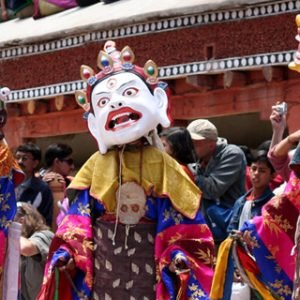
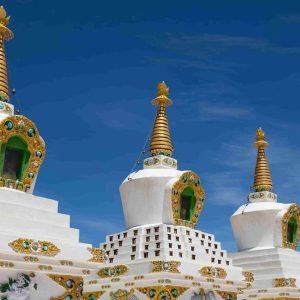
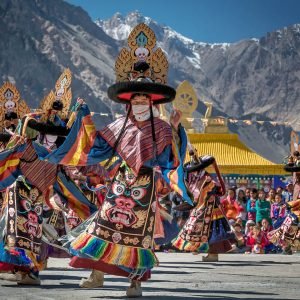
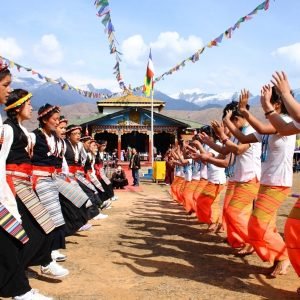
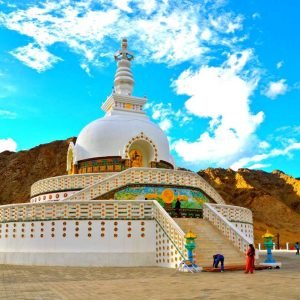
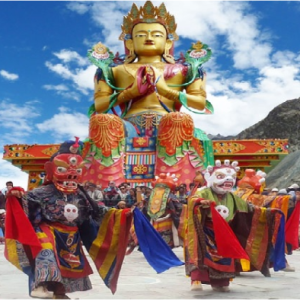
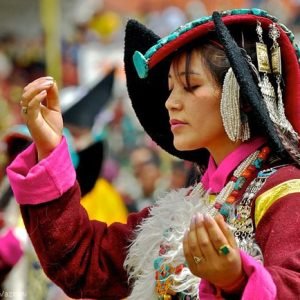
Table of Contents
ToggleApart from the breathtaking vistas and adventurous treks, Ladakh also boasts of its vibrant cultural heritage. The festivals of the Ladakh region are an expressive portrayal of Buddhist traditions, cultural ethnicity and historical legacy They are celebrated with immense zeal, and festivities serve as a window to Ladakhi spiritual and cultural tapestry. In this guide, I want to introduce you in detail on the importance of some key festivals celebrated in Ladakh and why not miss when visiting Leh.
1. Hemis Festival
1.1 Overview
Hemis Festival is one of the largest and famous festivals in Ladakh. One of the biggest around the Hemis Monastery, this is an annual celebration that marks Guru Padmasambhava’s birth anniversary; a revered figure in Tibetan Buddhism.
1.2 Significance
He is hailed as Guru Padmasambhava, or more common known Trochen Rinpoche in Tibetan. The celebration is in the remembrance of his birth and contribution to Buddhism.
1.3 Celebrations
When: The festival is generally held in the month of June or July as per the Tibetan lunar calendar.
Events: Colourful mask dance (Cham dances) based on Buddhist mythology and stories. These are performed by monks wearing traditional dresses and masks.
Prayers are offered to Bayul by the religious monksVarious rituals and prayers as per religions traditions were performed throughout 9 daysLong holy thangka, an embroidered tapestry that is regarded so sacred & unfathomable will be unveiled in Khatok Monastery every morning for public viewing
Parades: The festival involves colorful parades with folk music, dance and offerings.
1.4 Tips for Travelers
Stay: Book lodging ahead as the festival is a big draw.
Clothing: Dress appropriately in the monastery compound as a mark of respect to local custom.
Photography: Photography is allowed, but take permission before taking pictures of rituals and performances.
2. Losar Festival
2.1 Overview
Just like how it is winter in Kashmir, the weather too can be cold with snowfall during Losar, which simply means Tibetan New Year and hence celebrated famously all over Tibet as well Ladakh. It also signals the start of the Lunar New year in which families host festive gatherings and perform traditional rituals.
2.2 Significance
The losar is the new agricultural cycle. A time for people to unite, share song and dance music and prayer wishing each other out of depth they will be fine in the next year.
2.3 Celebrations
When: Depending on the lunar calendar, Losar usually comes between February and March.
Things to do: The celebrations consists of traditional music and dance performances, family feasts, as well as religious ceremonies. Irrespective of religion, colorful banners and prayer flags adorn homes.
Rituals: The festival involves rituals to rid the area of evil spirits, cleanse and invite blessings for the following year. Recommended Read: Food and Offerings at Losar– Traditional Foods And Drinks Made!!
Festive Meals: Tradition to have special dishes like guthuk (a type of soup) and thukpa( noodle soups ) are cooked for the family members & shared among brothers, sisters accompanied by friends.
2.4 Tips for Travelers
Accommodation: make a reservation from the same follows because as this festival season get very busy so stay (The Accom) can be limited.
Participation Share in the local celebrations and taste traditional foods, but also respect culture.
You should plan accordingly as roads and transport might be crowded.
3. Ladakh Festival
3.1 Overview
Overview The Ladakh Festival is a colourful celebration of the rich cultural past and bright futures that Lie ahead in Ladakh. Tourism Department of Ladakh yet again organized this festival which showcases the traditional music, dances and craft of the region.
3.2 Significance
The festival is an effort to promote and preserve the traditional customs of Ladakh as well as provide a platform for local artists, artisans proliferating in various forms.
3.3 Celebrations
When: Typically held on the September.
Cultural activities: There will be a large variety of events like traditional dance performances, folk music and cultural processions. The fair also has handicraft exhibitions that offer indigenous artisans an outlet to showcase their finished products
Rituals– Different rituals like Traditional (local) festivals, Religious practices etc are observed.
Market Stalls- Small stores and vendors provide souvenirs in the form of locally made crafts, textiles, as well traditional foods.
3.4 Tips for Travelers
Lodging: The festival draws a lot of visitors, so it’s best to book accommodations early.
Entertain: Immerse yourself in various cultural events and get a chance to meet local craftsmen.
Local Etiquette: Be sensitive to the local customs and practices, especially during performances or rituals.
4. Dosmoche Festival
4.1 Overview
Dosmoche, the “Festival of Scapegoat”, where local residents from villages and across Ladakh gather at Leh for Guge Kingdom era festival celebrated in every winter marking end of New Year (Winter Tibetan year), held over 2 days performing mask dances ending with effigy burning.
4.2 Significance
Dosmoche is observed to clear the bad of this year and during the next. It is also a local folklore festival, especially for the southern region of Thailand paying respect to ghosts and spirits.
4.3 Celebrations
Date: Typically held in February.
Famous Activities of the Festival: The festival consists different kinds of traditional masked dance done by monks, religious ceremony and appeasing to local Deities. *(And, yes the dances are to absolve evil spirits & help safe guard our village etc.,)
Customs: A literal and metaphorical burning of mannequins representing all bad spirits or misfortune.
Community basant festival feast:- Traditional feasts, appease community eats as part of celebrations.
4.4 Tips for Travelers
Stay: Book in advance as the festival is popular
Physical Fitness: Watch the exciting mask dances and contribute to society feasts.
Respect: Be mindful of local traditions and cultures, particularly when it comes to religious ceremonies.
5. Stok Guru Tsechu
5.1 Overview
Stok Guru Tsechu is an important Buddhist festival observed at the Monastery of Stok dedicated to Guru Padmasambhava and also to its royal family founder.
5.2 Significance
The festival commemorates Guru Padmasambhava, who is said to have imparted his teachings in the region. It also commemorates the lineage of Stok royal family.
5.3 Celebrations
When: Typically held in August.
Activities: includes vibrant monk mask dances, traditional music and religious ceremonies during the festival. The dances represent Tibetan Buddhist deities and protectors.
Rituals : Honoring the deities, special prayers for welfare of community are made.
All you should know about the processions: There can be no festival without a grand procession (also) of prayer itemsprocession will ceremonial object and traditional music.
5.4 Tips for Travelers
Stay: Reserve your accommodation, as the festival witness a very high footfall.
Witness: Watch the vibrant dance performances and traditional ceremonies happening in live on monastery.
Photography permission on religious rituals.
6. Phyang Tseruk
6.1 Overview
Phyang Tseruk – A traditional festival observed at the Phyang Monastery with prayers and cultural performances
6.2 Significance
The festival worships different Buddha deities and protectors in Tibetan Buddhism. This is also a way of preserving and spreading the Cultural heritage of Ladakh.
6.3 Celebrations
Dates of Festival: July or August
Activity: Traditional mask dances, music performances(music tribute), rituals. It is danced by monks in costume and mask.
Rites: Religious rites for deities, offerings to gods/godesses and prayers for blessings and protection are made.
Community Events: In addition the festival also incorporates community meetups and cultural events.
6.4 Tips for Travelers
ACCOMMODATION: The festival draws visitors from many places so book a place to stay early!
Involvement: Soak up the festival and get to know some locals
Respect local customs and practices — especially during religious ceremonies.
7. Karsha Gustor
7.1 Overview
One of the largest monasteries in Zanskar Valley, Karsha Monastery observes a grand ceremony called as Karsha Gustor festival. This area is famous for its mask dance and religious ceremonies.
7.2 Significance
The festival is devoted to sending back the satanic material as well. Making god happy and hope for good things are all part of that celebration. This will also be a festival of the traditionalist flavors.
7.3 Celebrations
Festival time: February.
Things To Do: Elaborate mask dances, rare religious music performed by monks and ceremonial masked processions are amongst some of the cultural highlights during this festival.
Rituals – The dances are all about celebrating the victory of good over evil and then pear songs are performed followed by burning symbolic effigies.
Community Feast: In the festival traditional food is cooked and these are distributed among community people.
7.4 Tips for Travelers
Stay: Book Your Acco Advance as autos are limited.
Things to do … Attend the vibrant mask dances & be a part of local time honours
P: Photography — always ask permission before taking a photo of people in the midst of prayer or worship.
8. Saka Dawa
8.1 Overview
Saka Dawa is a widely important Buddhist festival commemorating the birth, enlightenment and death of Buddha Shakyamuni.
8.2 Significance
This festival is held to pay respect and homage Buddha Shakyamuni, it also serves as a moment of recollection. Dhanteras is a very good time to have eminent auspicious karma done, offering made.
8.3 Celebrations
Date: Saka Dawa generally is in May-June depending on the lunar calendar.
It is also visited by people who participate in rituals and donate to the monasteries.
Rites: Specific prayers are uttered and sacrifices offered to Buddha, as well other gods. The followers also engage themselves with charity work and social service.
8.4 Tips for Travelers
Lodging: Hotels in the festival time of year can book quickly.
Engagement: Attend the religious ceremonies, make your offerings if you like to do so.
Courtesy: Use the festival to respect and follow thousands of years,IV.
9. Shachukul Nagrang Festival
9.1 Overview
Shachukul Nagrang: A vibrant event of the year – an annual festival at Shachukul monastery that has classical mask dance performance and colorful cultural events is called as shakchouk nagrang, next day early morning walk back to Leh.
9.2 Significance
It is an observance factor of local deities, and wishes all the best protectors.( e.g. Dua/xa Duong, dau yen jen,Rom). It also helps in the sustainability and promotion of ladakhi’s traditional culture.
9.3 Celebrations
Dates: The festival is usually in August.
Things to do: The festival features monk performed mask dances with traditional tunes and community get together.
Rituals: This includes multiple rituals and offerings to gods, along with the prayers that accompany these in order for blessings on the community.
Community Events: The festival showcases local crafts and cultural displays.
9.4 Tips for Travelers
Lodging: Reservations should be made well in advance as the festival is popular.
Experience: Namchi, observe the mask dances and visit local crafts centre-witness cultural events.
Respect: Not neglect the local traditions and routines on this festival.
10. Other Notable Festivals
Traditional Festivals in Remote Villages 10.1
Summary: Ladakh has various remote villages and each village have their own unique festivals associated with agriculture cycle or local traditions.
Community Festivals: These festivals the varieties of traditional dance, rituals and community feast. The experience brings an opportunity to be part of the local way of life and culture.
10.1 Religious Festivals
Summary: There are many small scale religious festivals besides the big ones that keep getting celebrated in various monasteries and villages over Ladakh.
Festivals : possibly reflecting local customs, prayers and rituals celebrated within the area person group.
Conclusion
Ladakh’s festivals are a testament to its rich cultural and spiritual heritage. From the grand celebrations of Hemis and Losar to the vibrant local festivals like Dosmoche and Karsha Gustor, each festival offers a unique insight into the traditions and beliefs of the region. Attending these festivals not only enriches your travel experience but also provides a deeper understanding of Ladakh’s cultural and spiritual landscape. Whether you’re interested in religious ceremonies, traditional dances, or community celebrations, Ladakh’s festivals promise an unforgettable journey into the heart of this fascinating region.
How to Book a Ladakh Tour Packages with Charzan Holidays?
For a seamless and exceptional booking experience, contact Charzan Holidays at reservations@charzan.in or call us at +919622224473
Frequently Asked Questions
1. What are the major festivals celebrated in Ladakh? | |
| Major festivals include Losar, Hemis Festival, Ladakh Festival, and Buddha Purnima. | |
2. When is Losar celebrated in Ladakh? | |
| Losar, the Tibetan New Year, is celebrated in late February or early March, varying each year based on the lunar calendar. | |
3. What is the significance of the Hemis Festival? | |
| Hemis Festival is dedicated to Guru Padmasambhava and is celebrated in June or July. It features traditional dances and cultural performances at Hemis Monastery. | |
4. What activities take place during the Ladakh Festival? | |
| The Ladakh Festival, held in September, showcases local culture through traditional music, dance, handicrafts, and food. | |
5. Is Buddha Purnima a public holiday in Ladakh? | |
| Yes, Buddha Purnima is celebrated with great reverence, marking the birth, enlightenment, and death of Buddha, typically in April or May. | |
6. What is the unique aspect of the Kullu Dussehra celebration in Ladakh? | |
| Though Kullu Dussehra is originally a Himachali festival, it’s celebrated in Ladakh with local customs, featuring music, dance, and processions. | |
7. Are there any local rituals associated with these festivals? | |
| Yes, rituals may include prayers, offerings, and the display of traditional thangkas (paintings) and masks during dances. | |
8. How do locals prepare for the festivals? | |
| Preparations involve cleaning homes, preparing special dishes, and gathering for community prayers and festivities. | |
9. What traditional foods are associated with Ladakh festivals? | |
| Popular festival foods include thukpa (noodle soup), momos (dumplings), and sweet dishes like bakarkhani and chang. | |
10. Are there any specific festivals for agriculture in Ladakh? | |
| Yes, the festival of Agri-Khar is celebrated to honor and pray for a good harvest, typically observed in late summer. | |
11. Can tourists participate in Ladakh’s festivals? | |
| Absolutely! Tourists are welcomed to join in the celebrations, making it a great way to experience local culture. | |
12. What is the role of traditional music and dance in Ladakh festivals? | |
| Traditional music and dance play a vital role, showcasing the cultural heritage and storytelling through performances during festivals. | |
13. Is there a festival for the indigenous tribes of Ladakh? | |
| Yes, festivals like the Nubra Valley Festival celebrate the culture and traditions of the indigenous communities, featuring local crafts and performances. | |
14. How do festivals in Ladakh promote tourism? | |
| Festivals attract tourists interested in culture, providing insight into local traditions, enhancing the region’s appeal as a travel destination. | |
15. Are there any eco-friendly practices during Ladakh festivals? | |
| Many festivals promote eco-friendly practices, such as using sustainable materials for decorations and emphasizing local and organic food. |


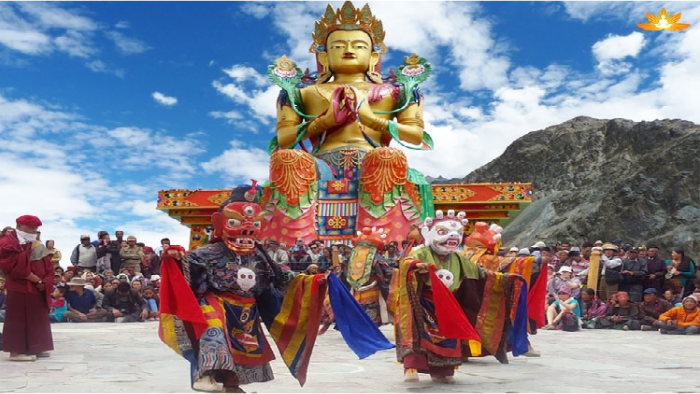
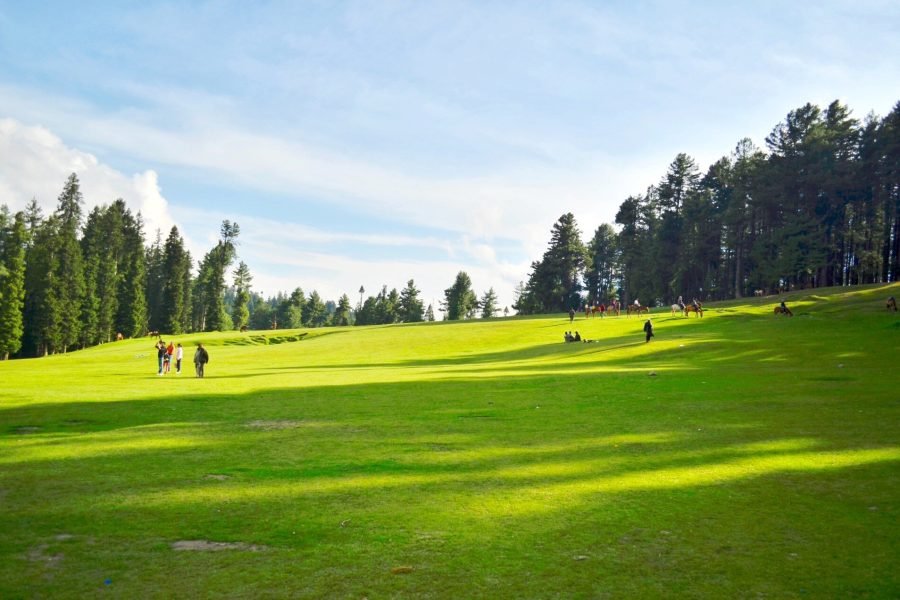
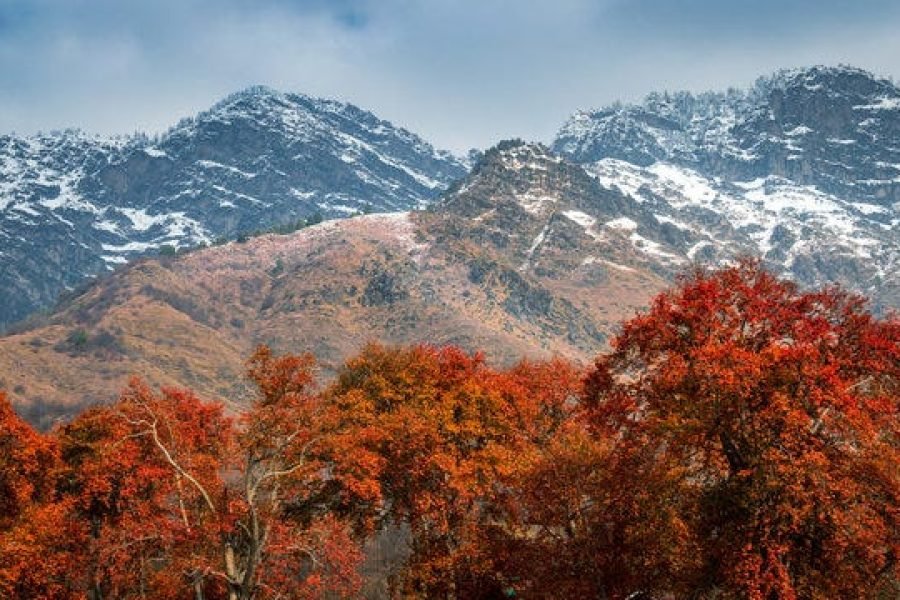
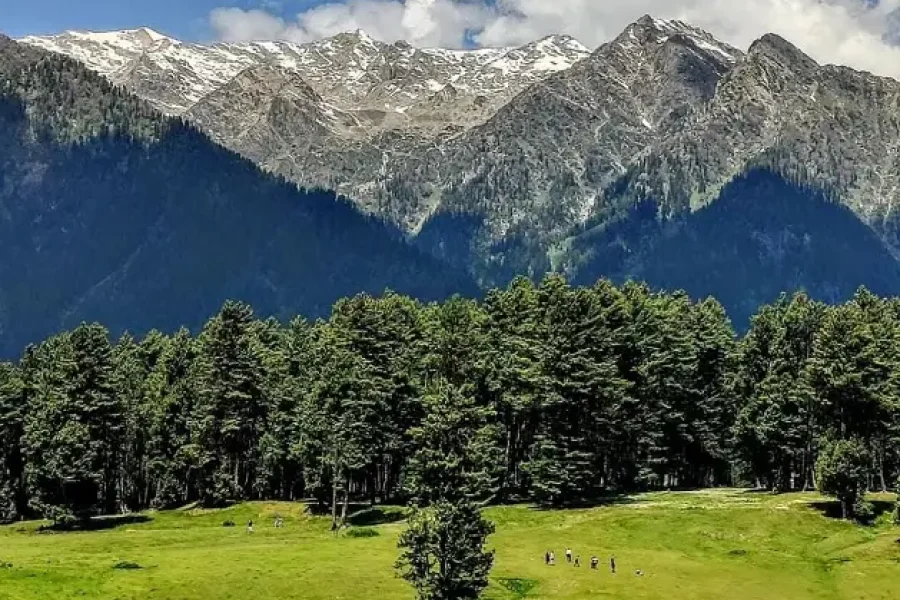
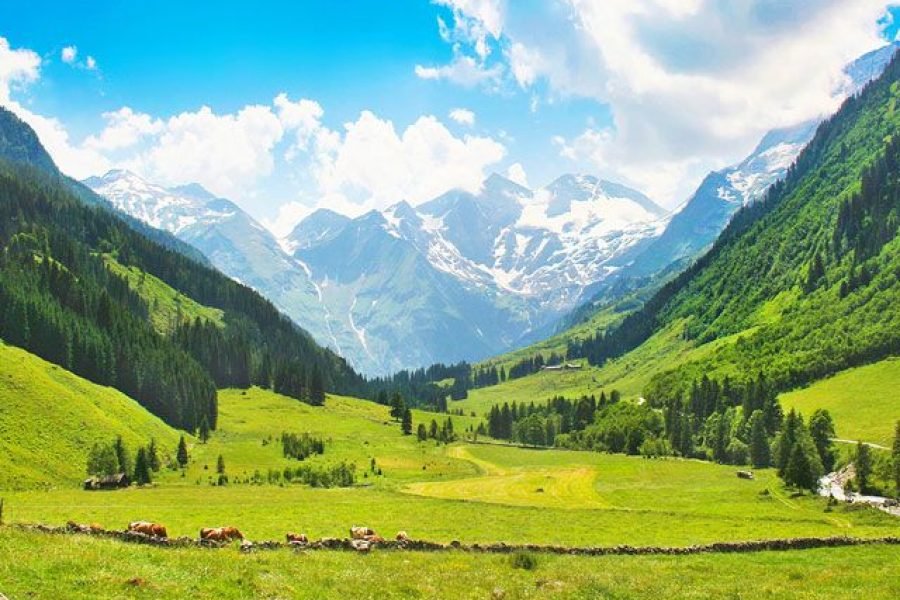
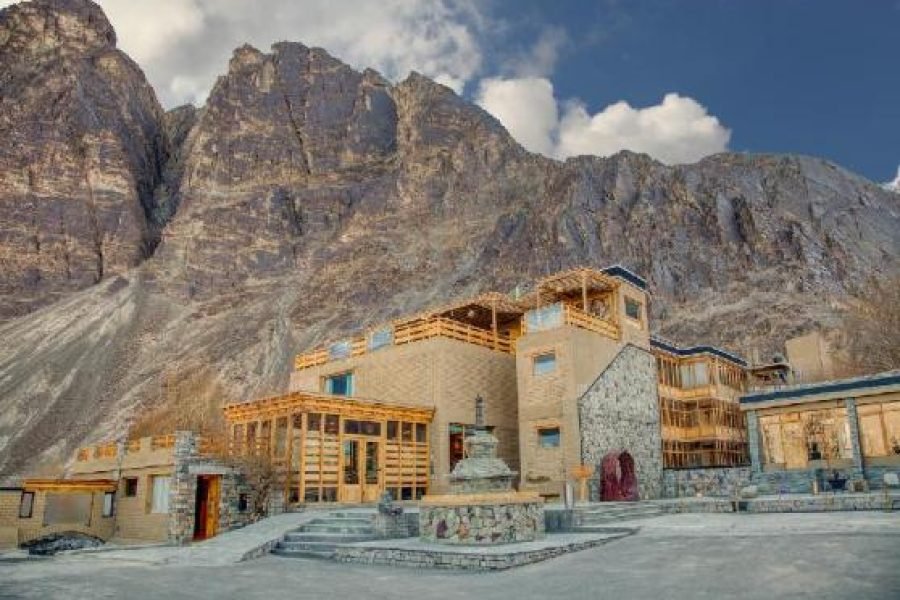

0 Comment